Archive
2021
KubaParis
Sticky Metal Cut
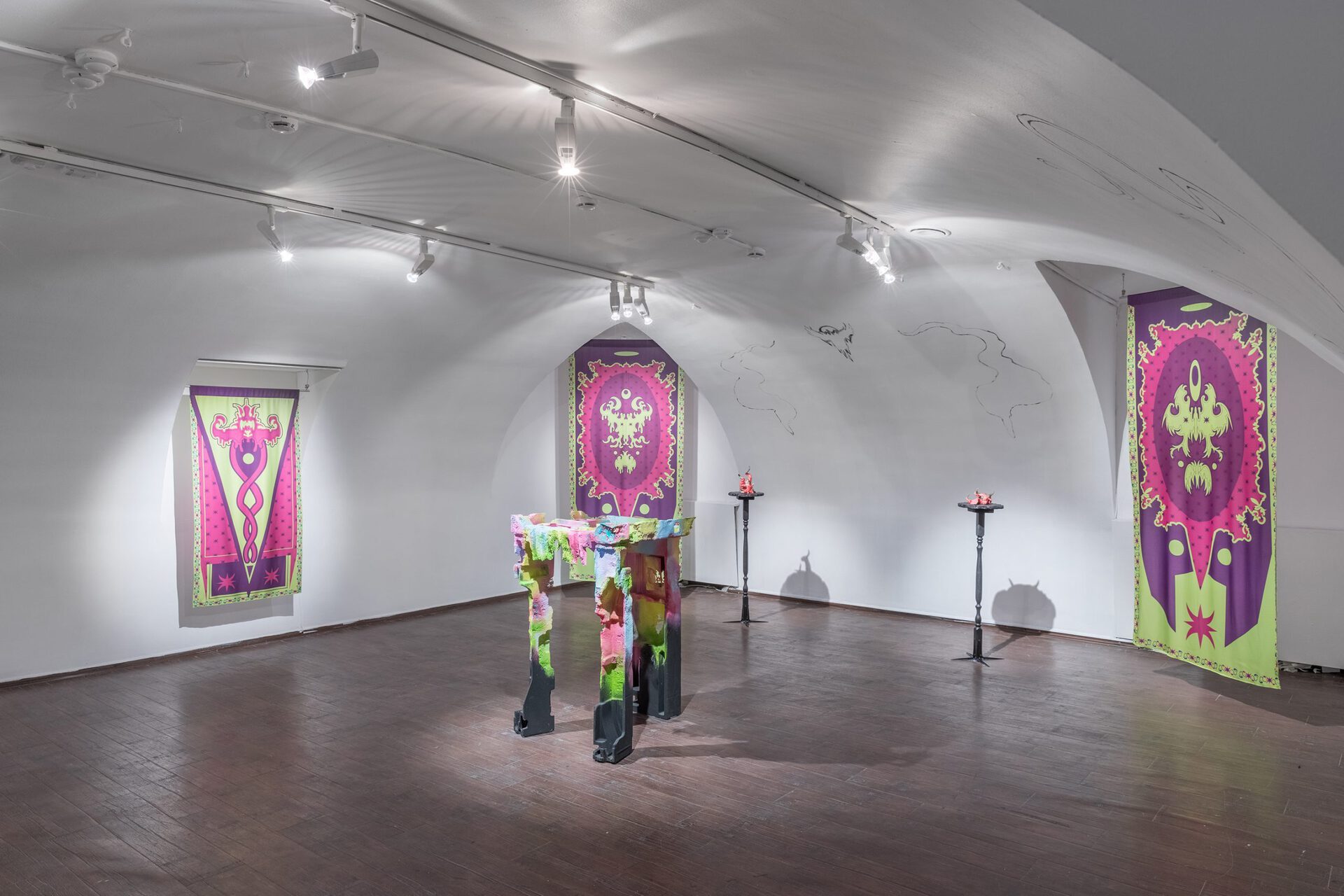
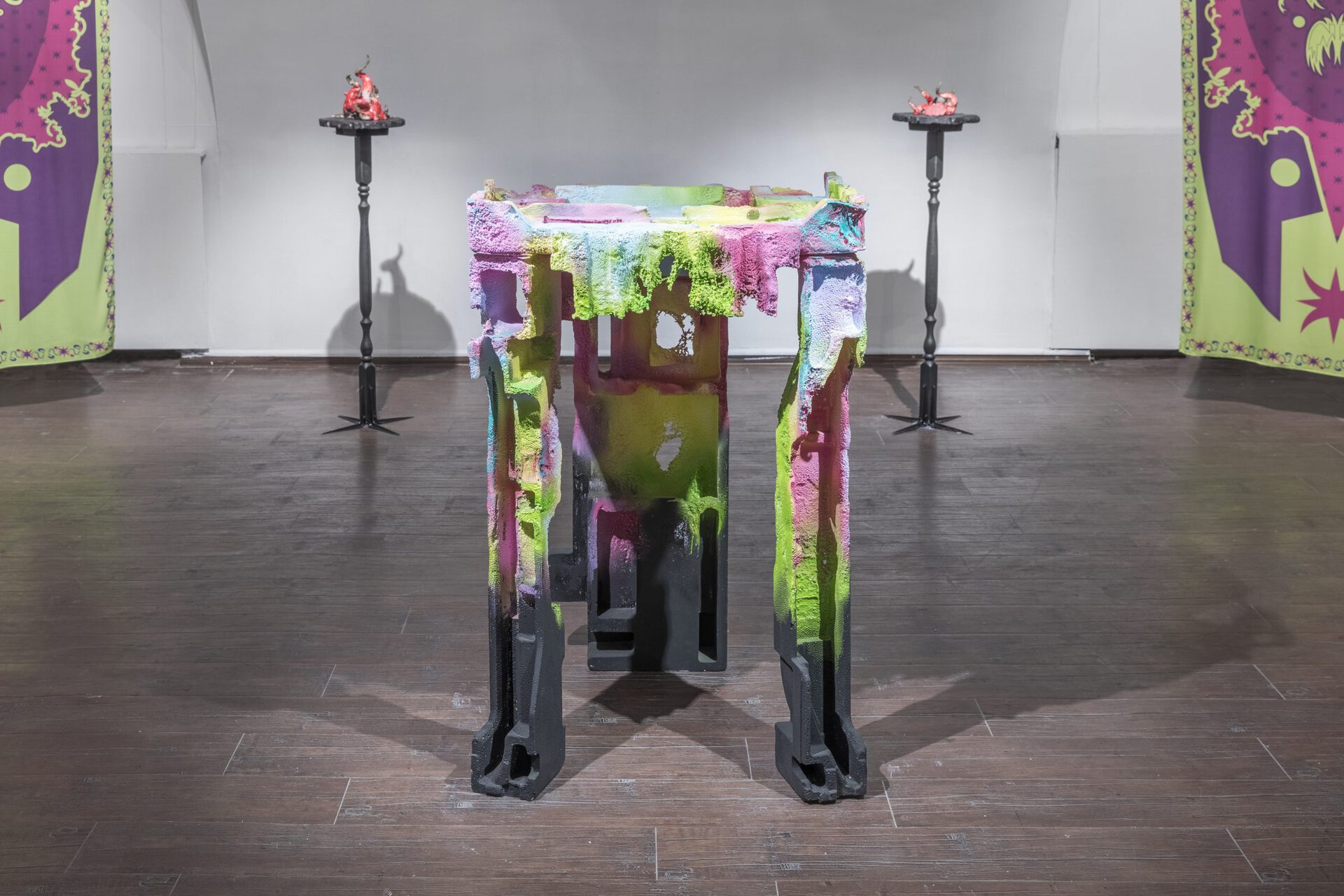
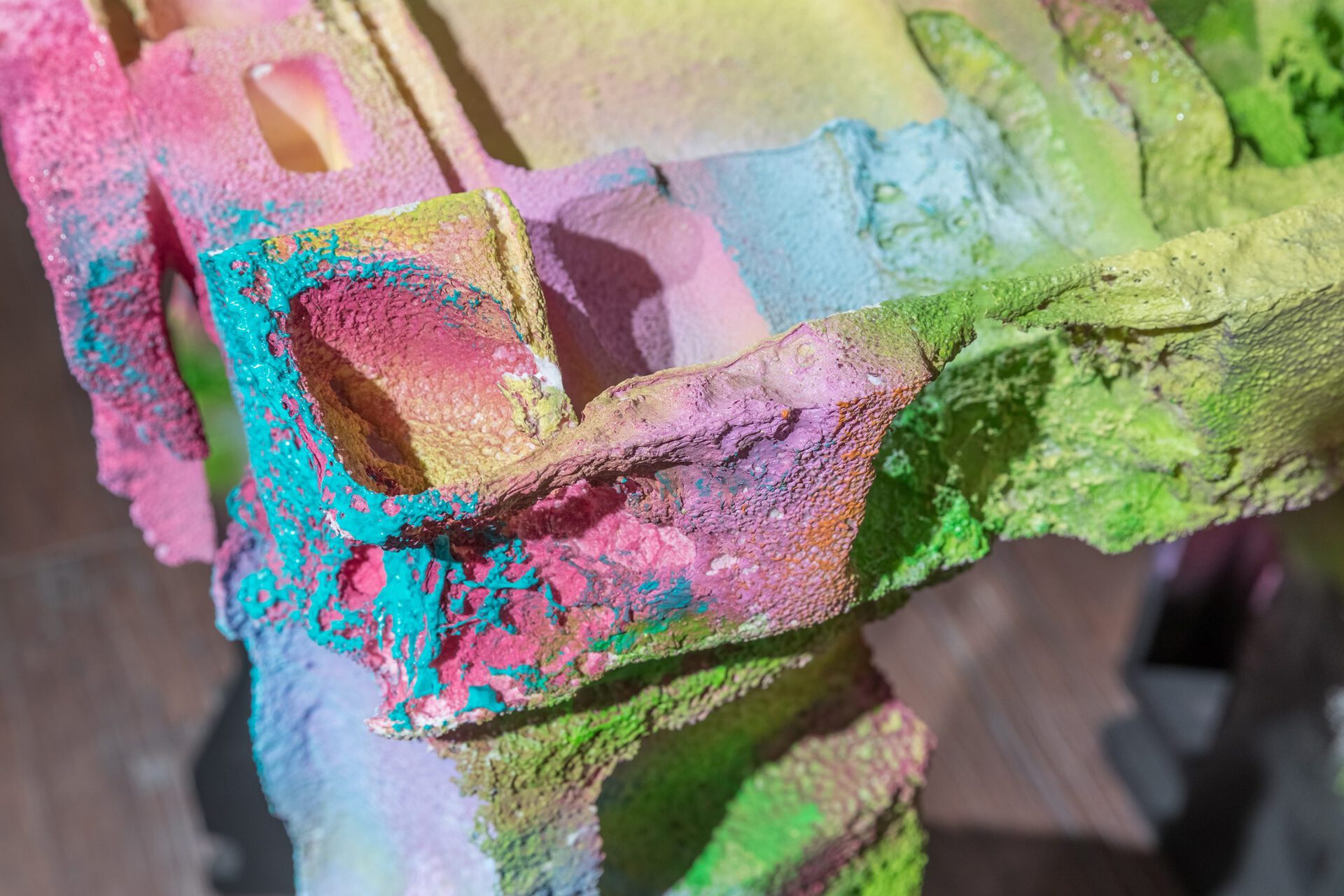
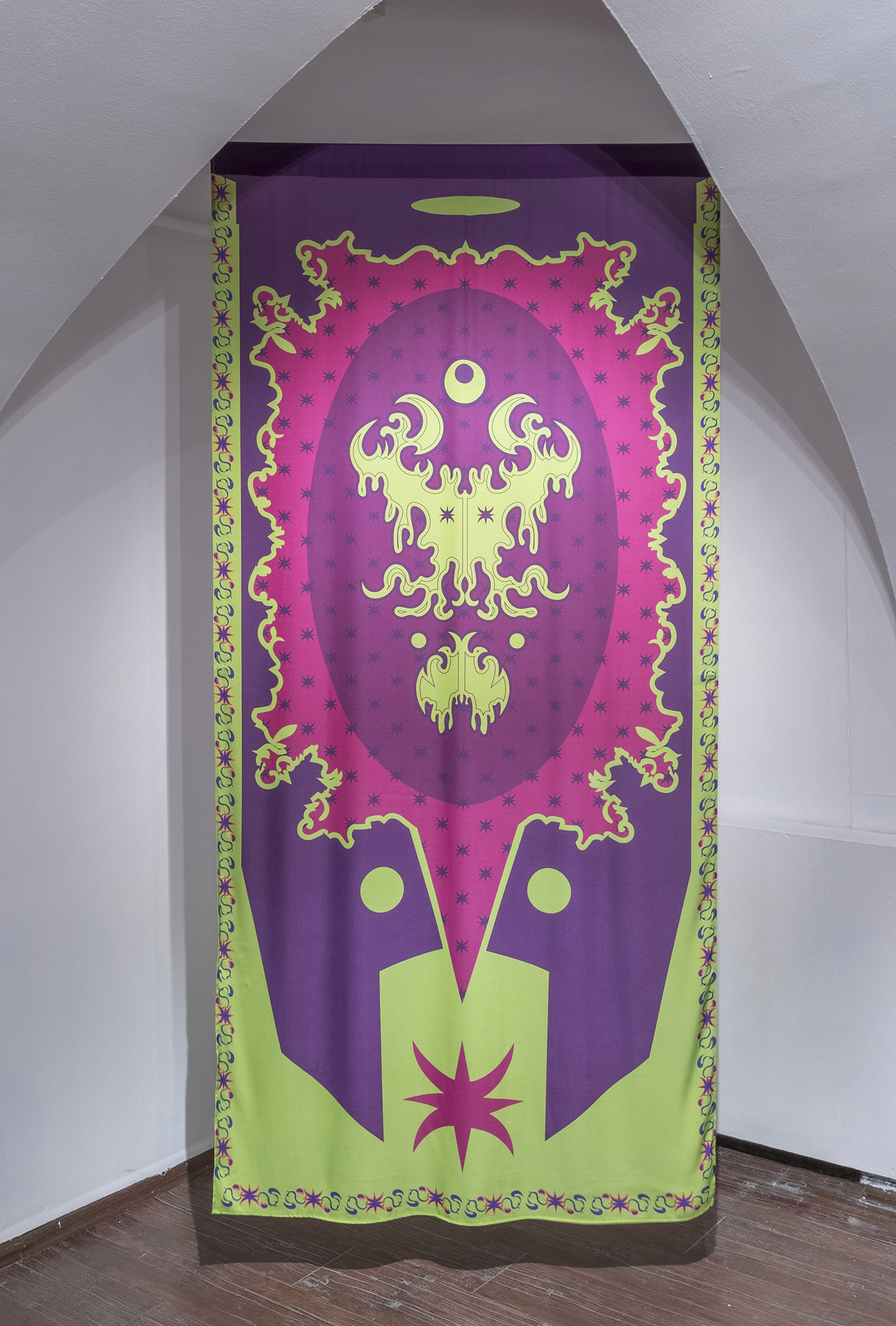
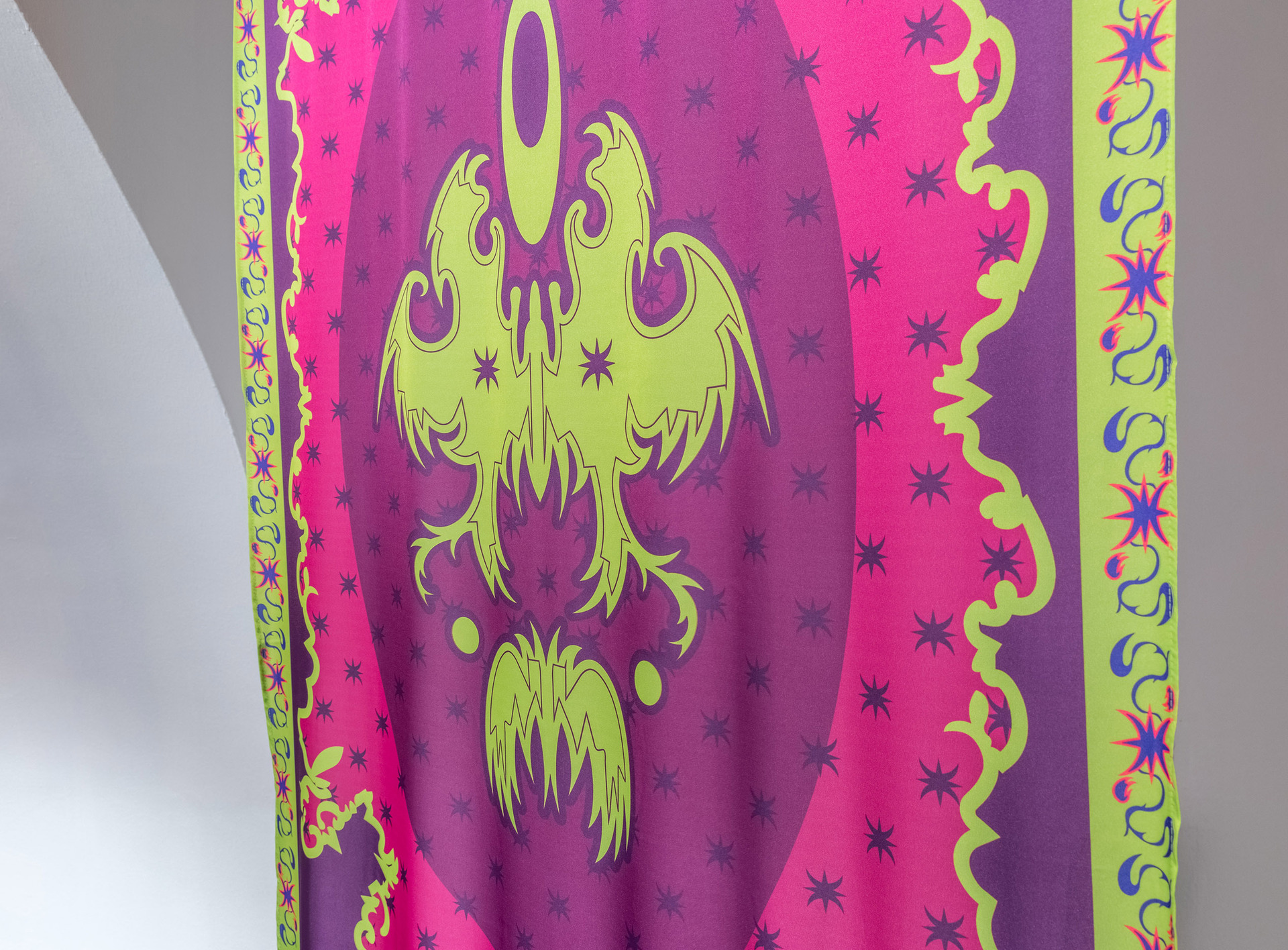
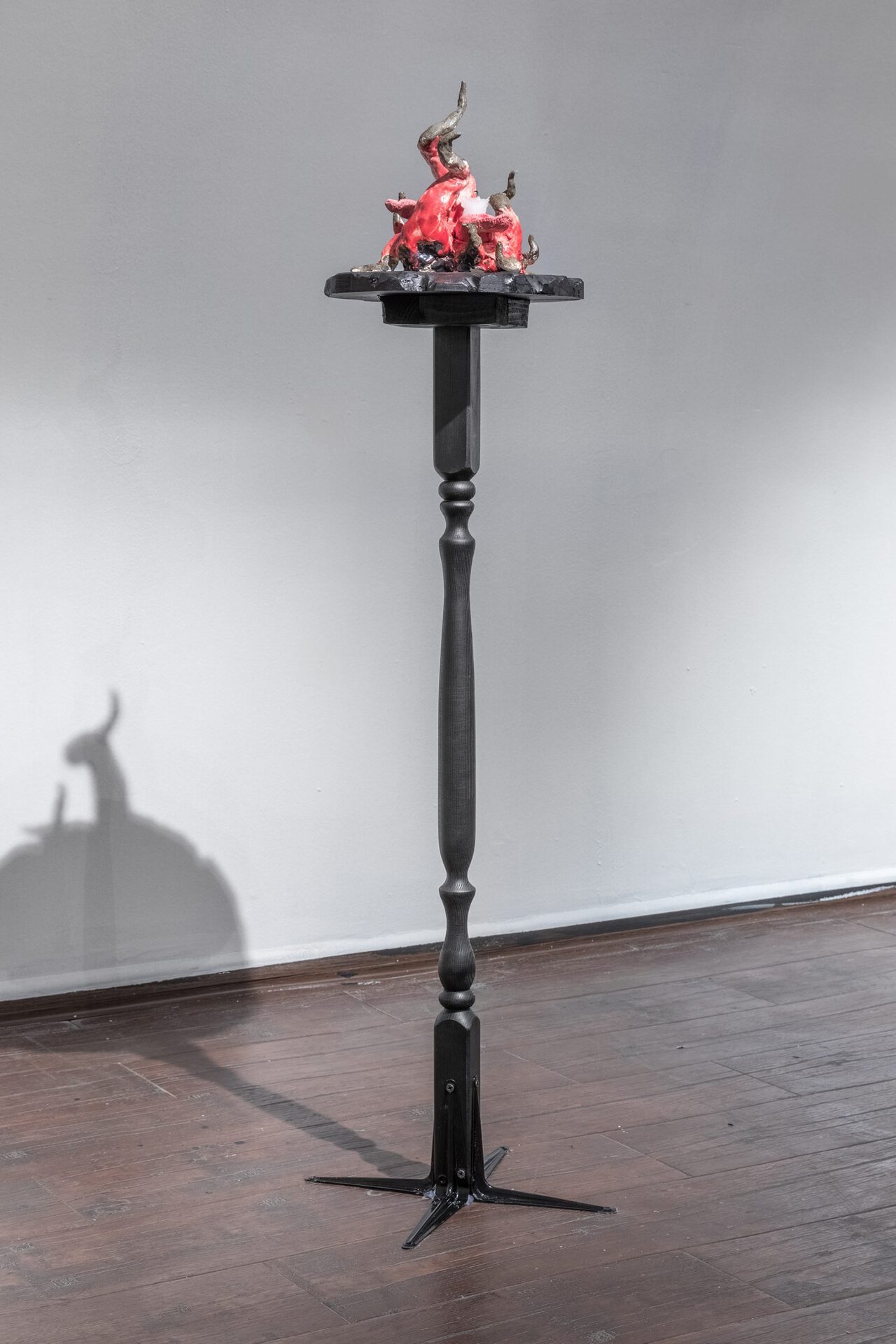
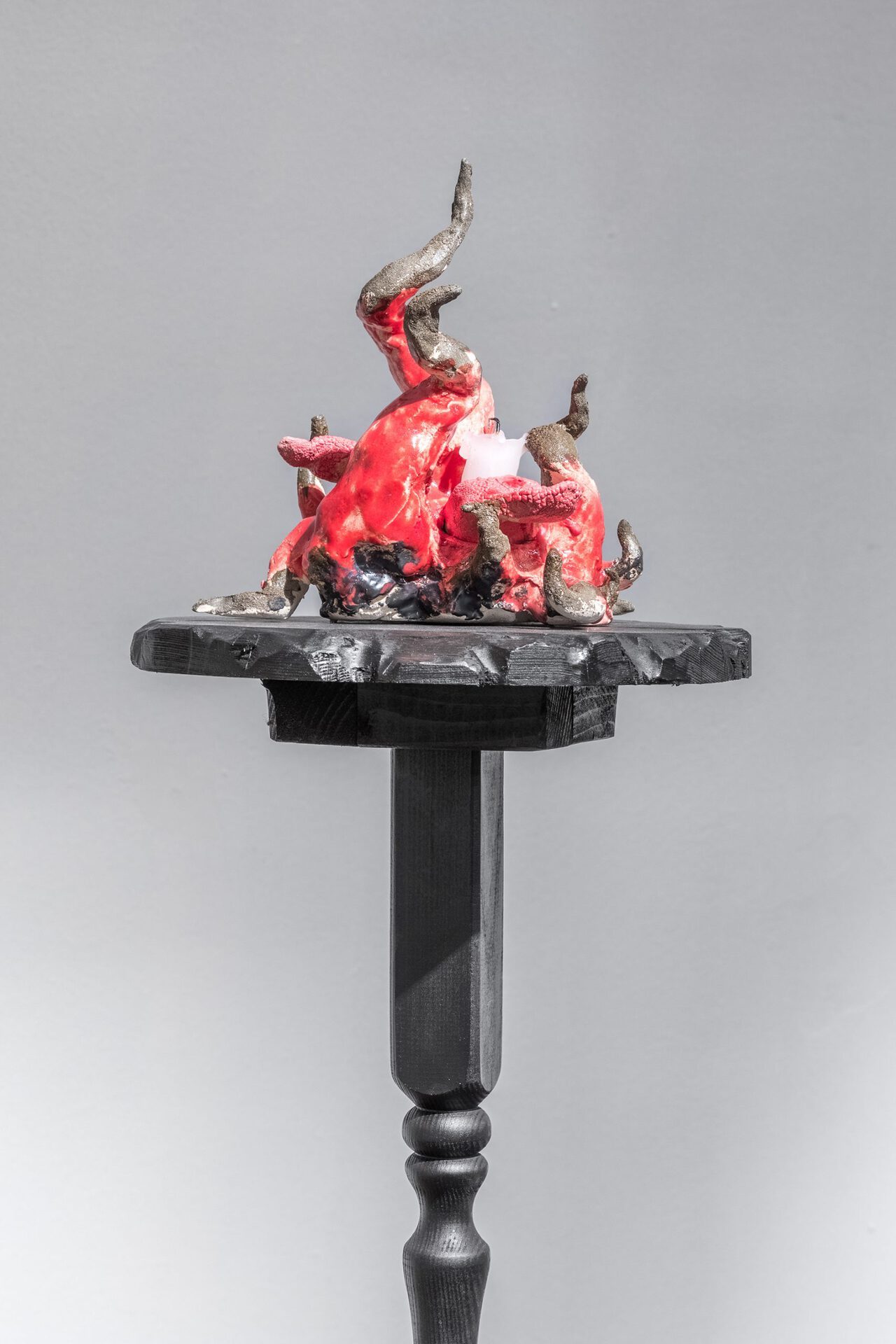
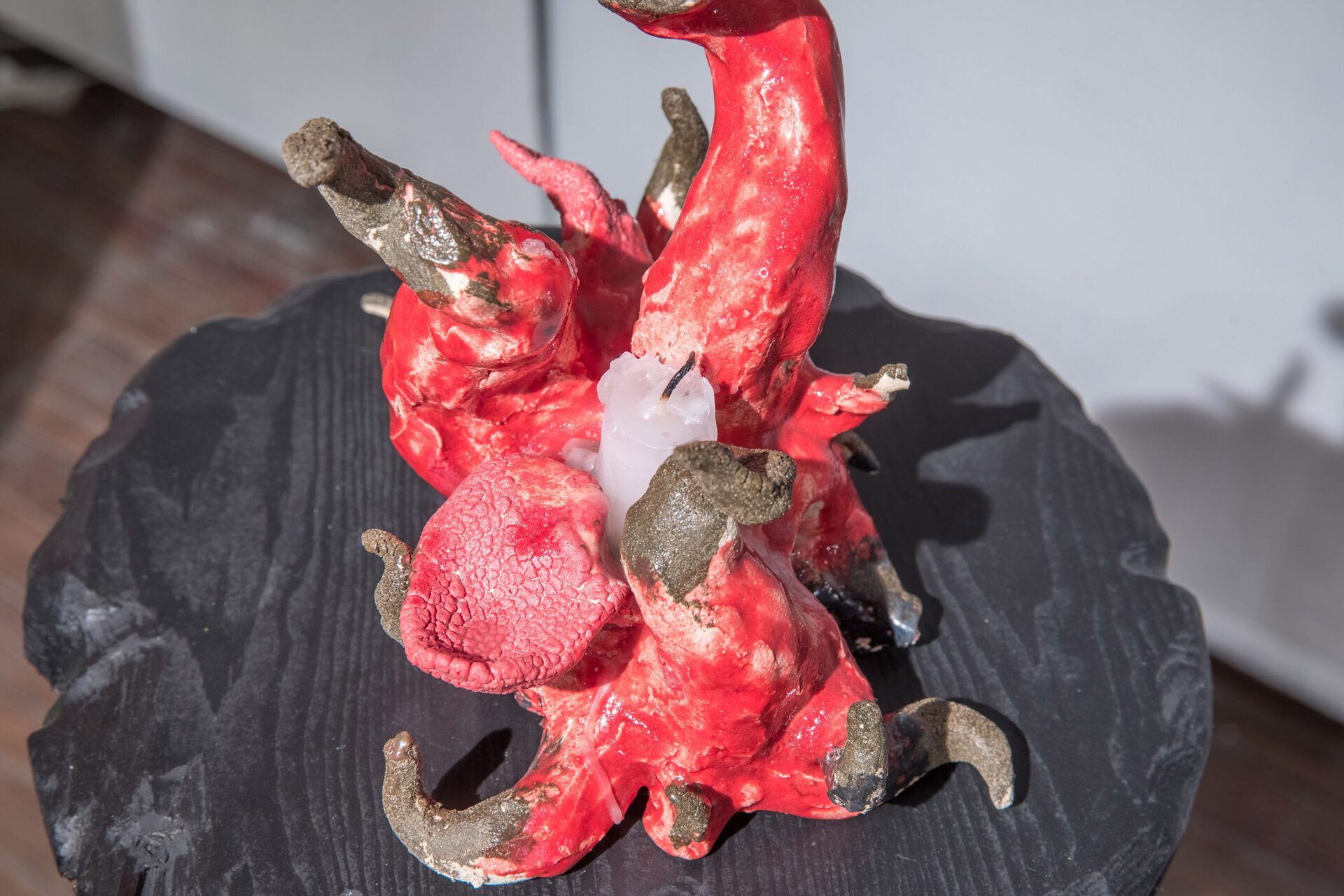
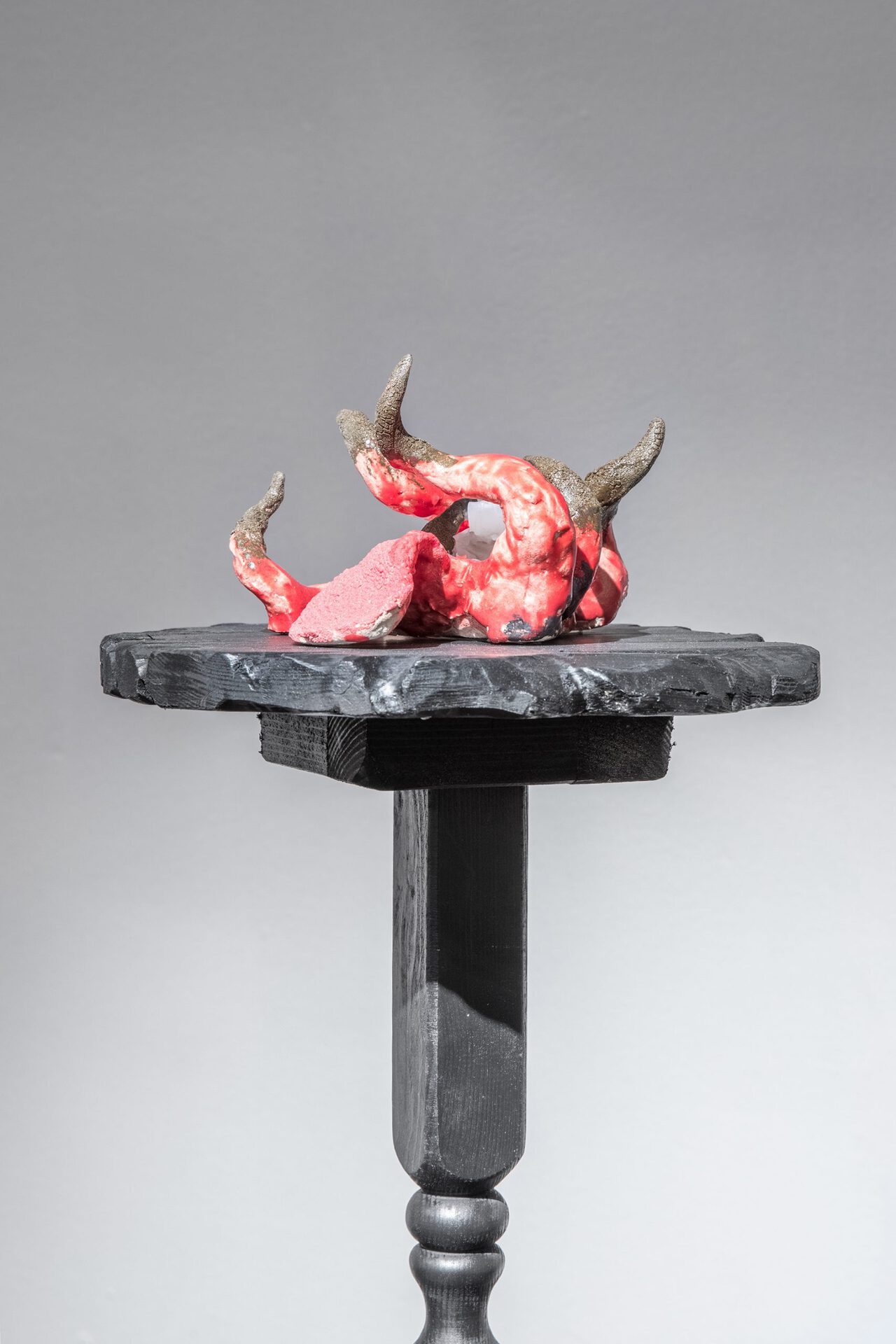
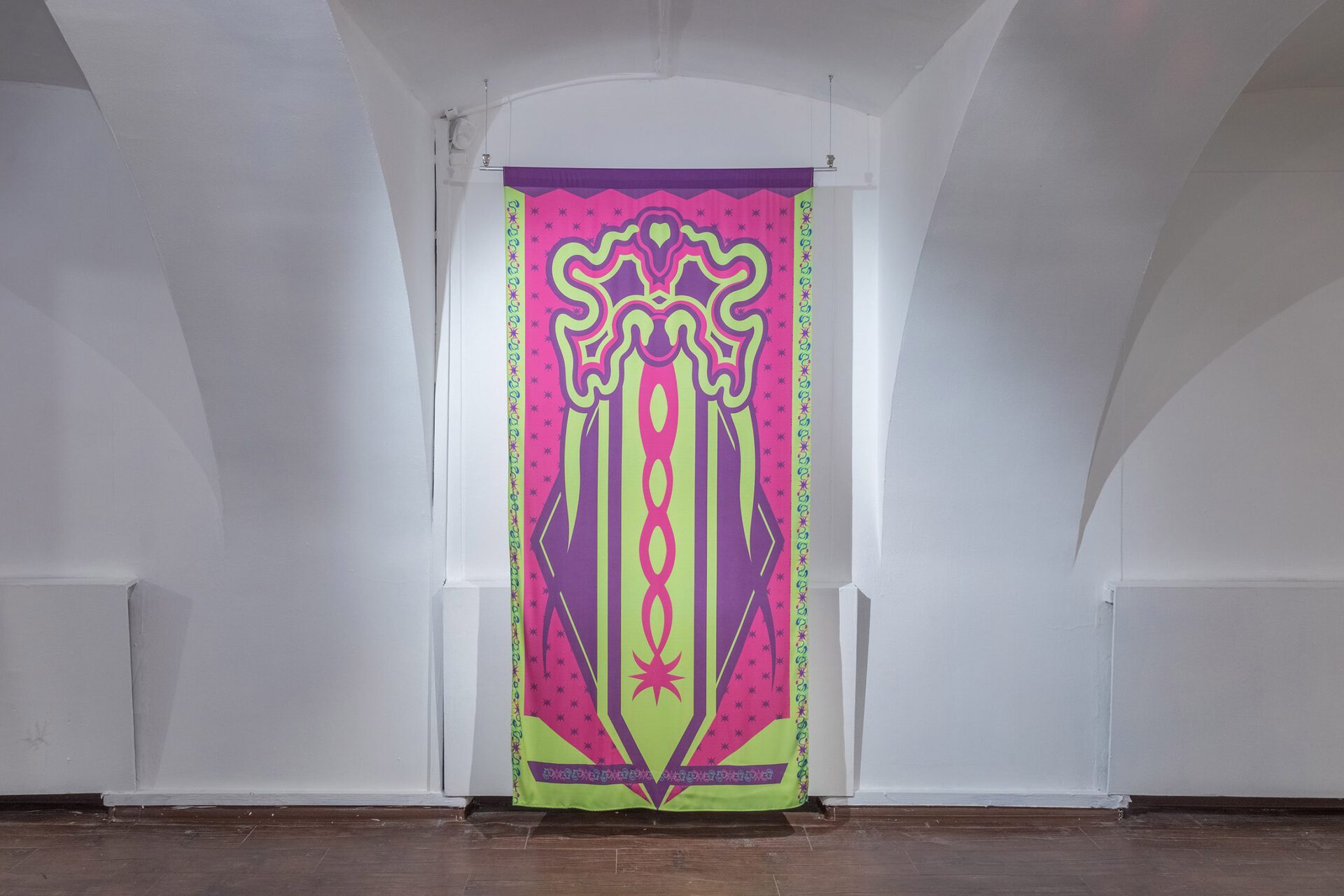

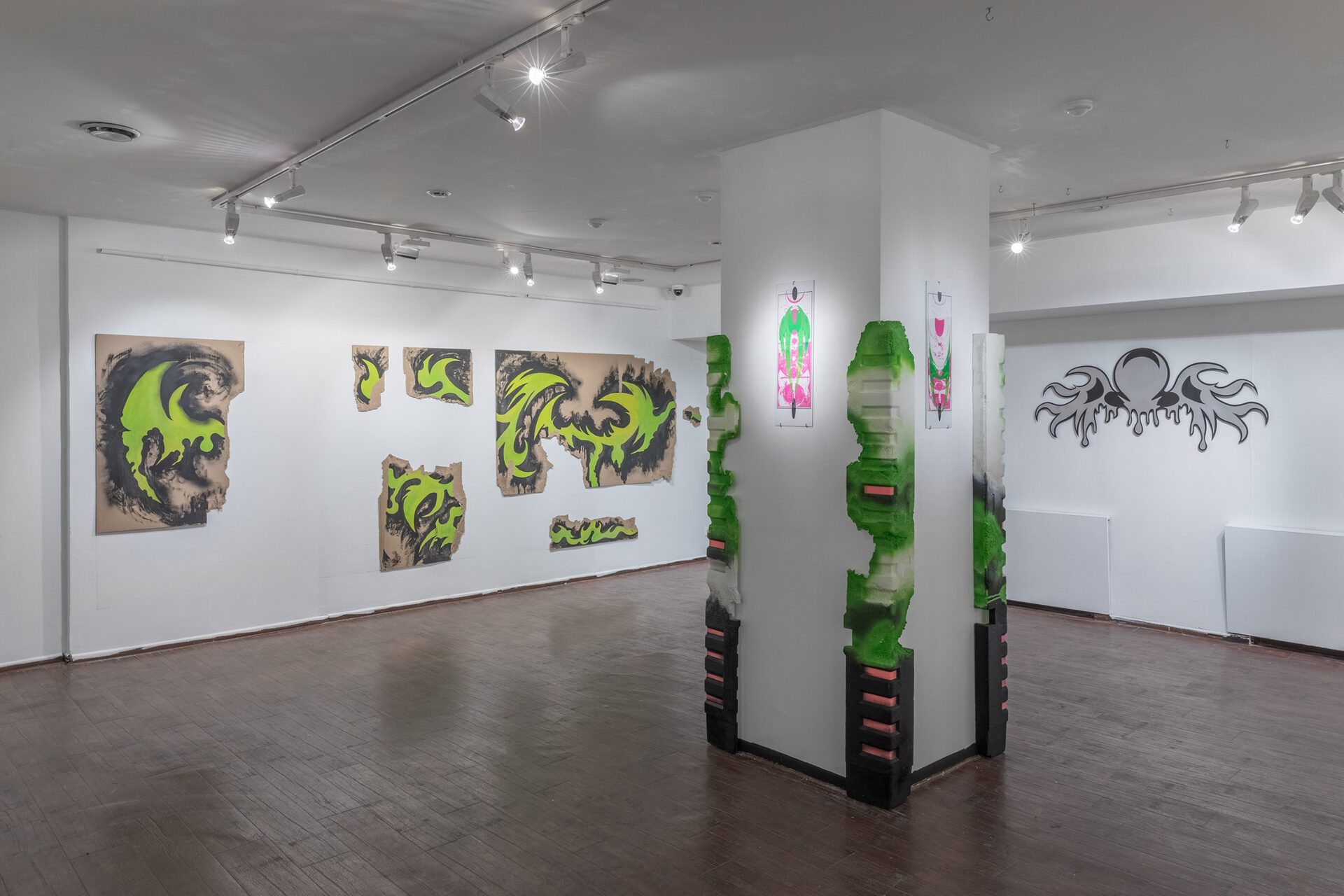
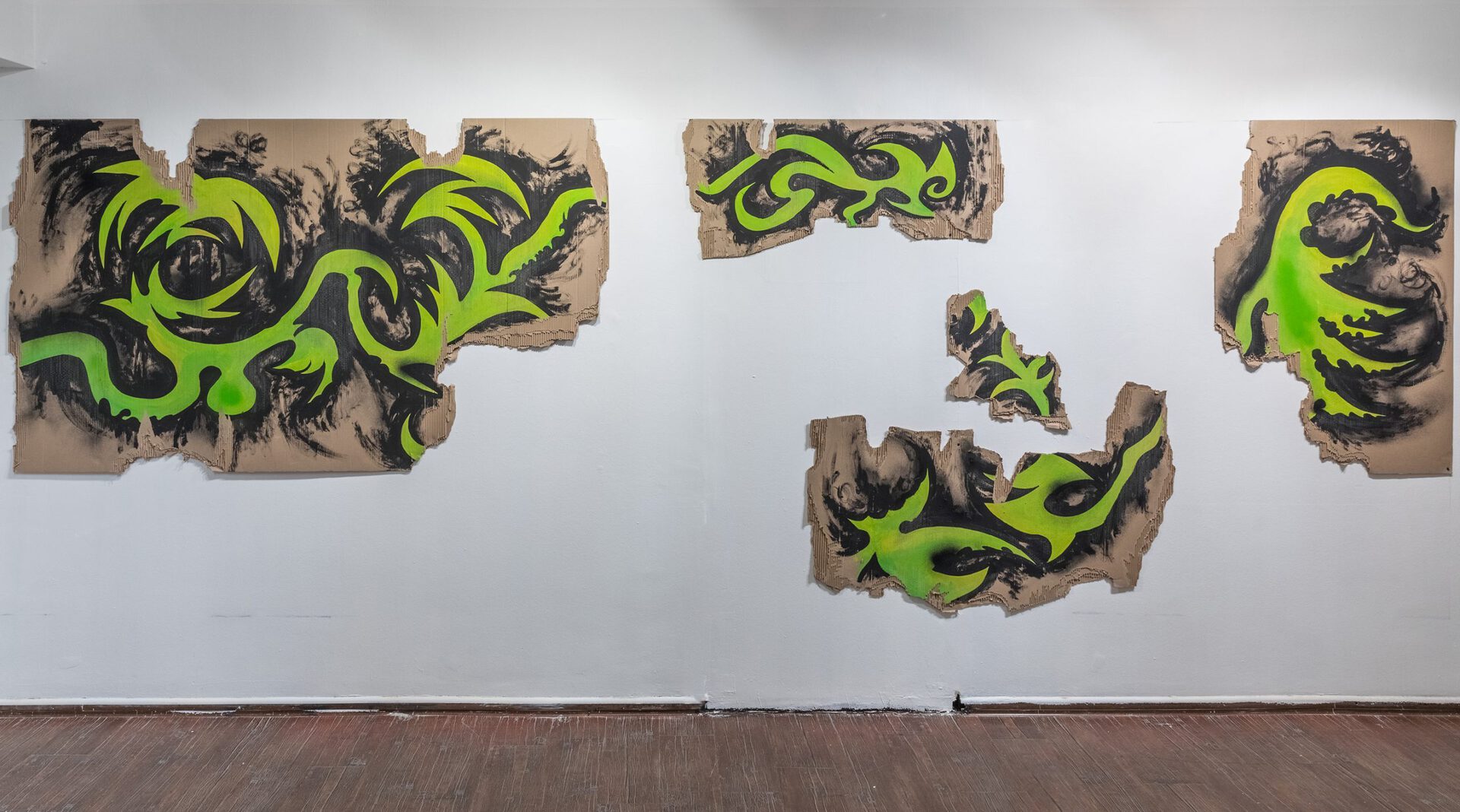
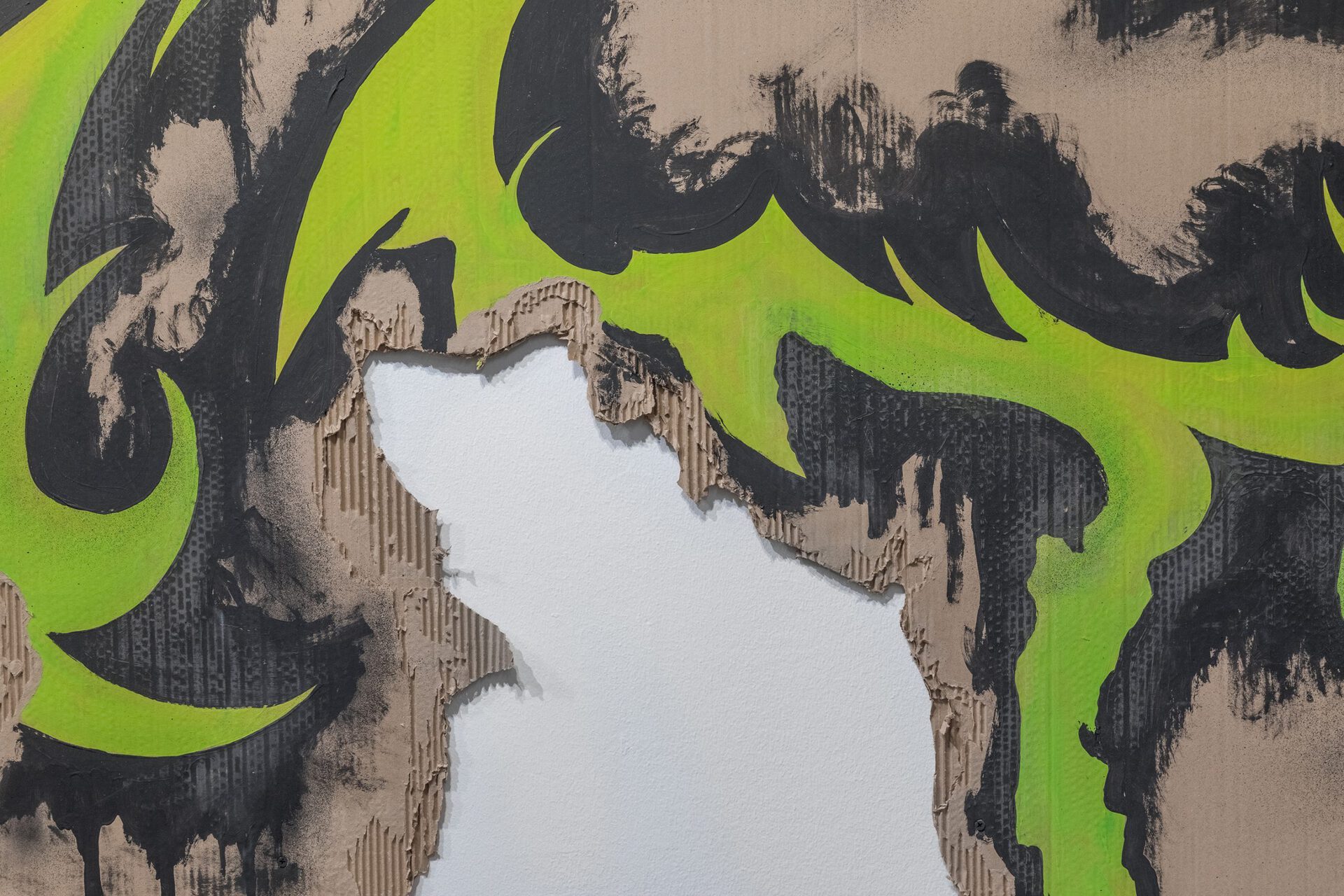
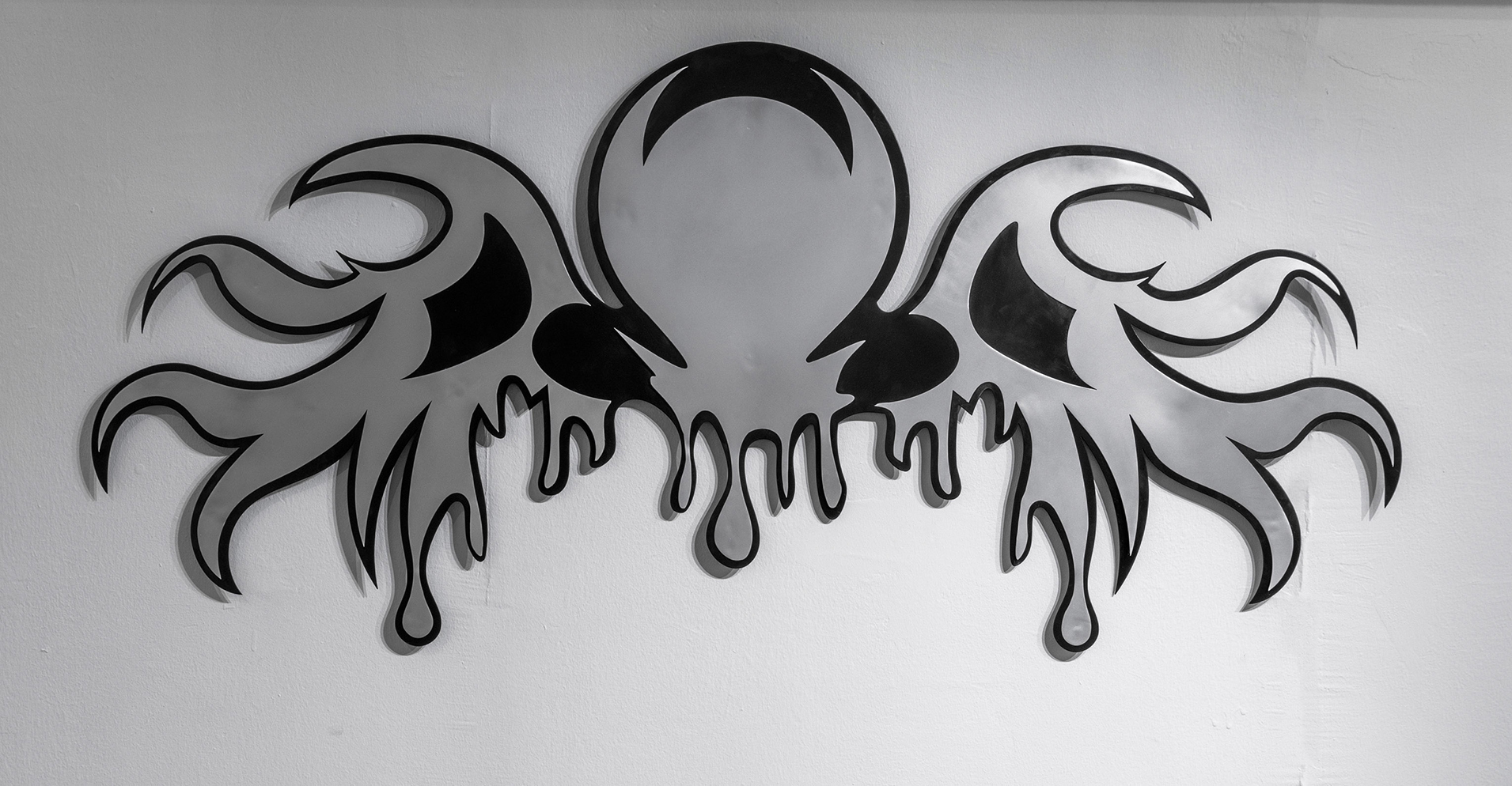
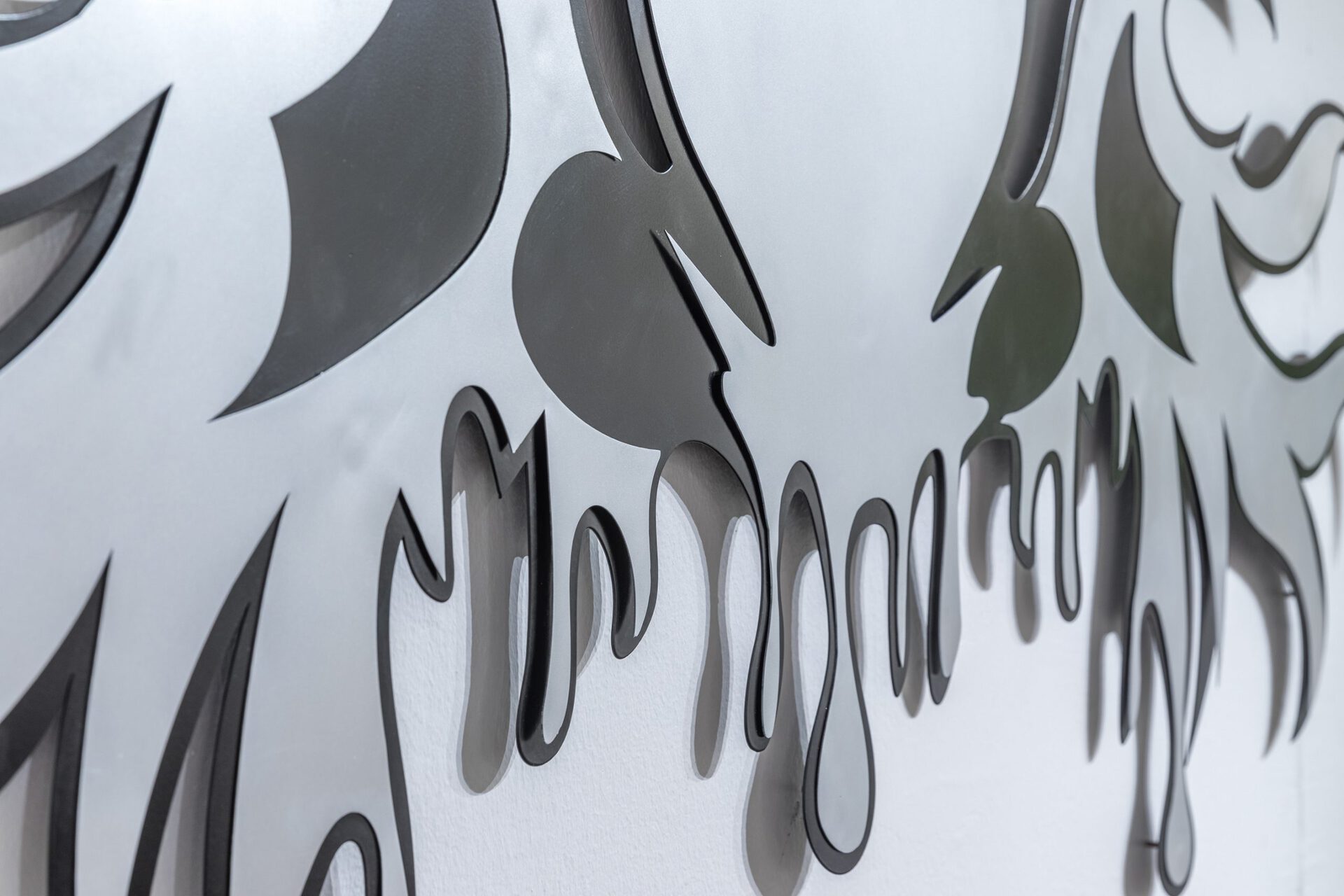
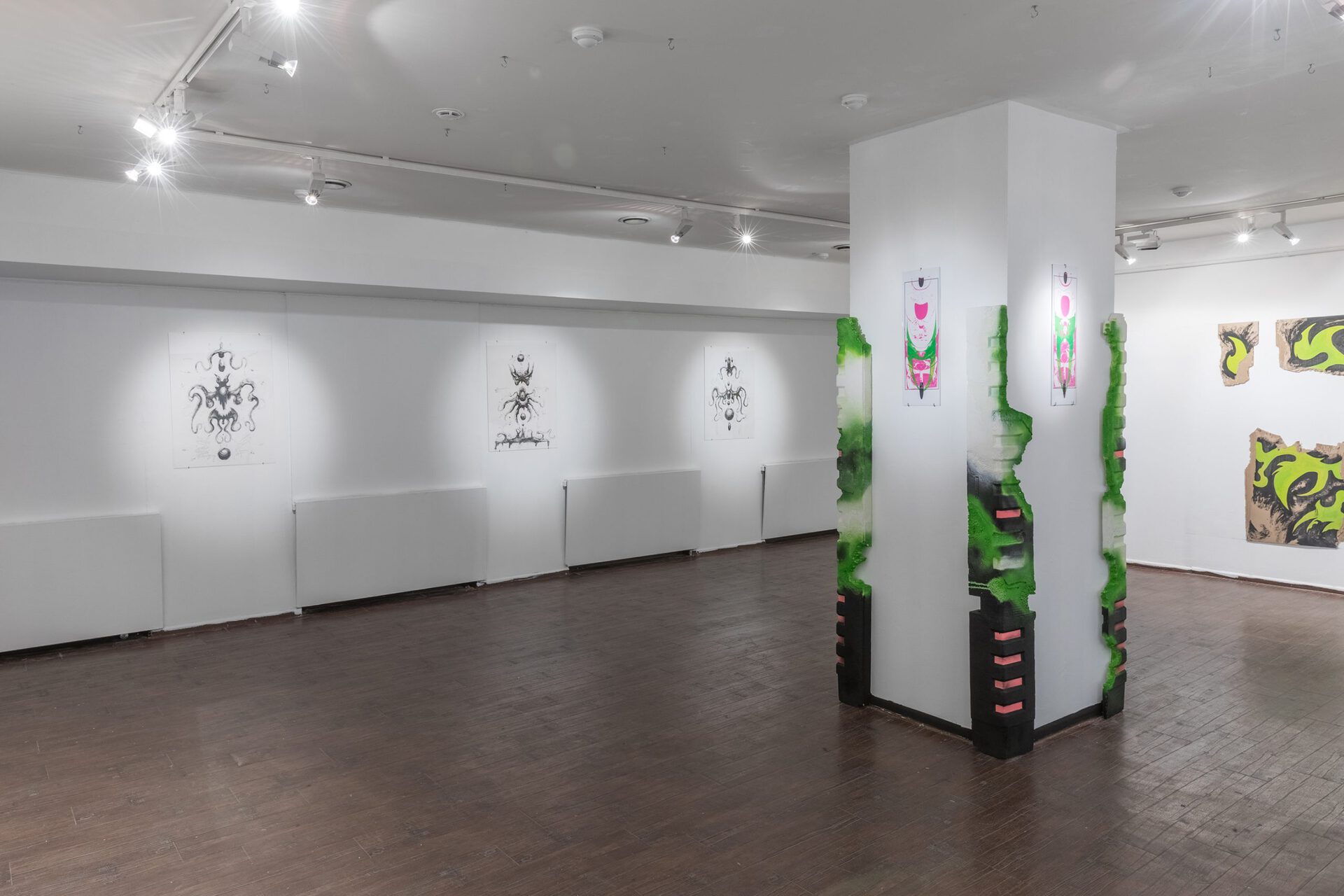
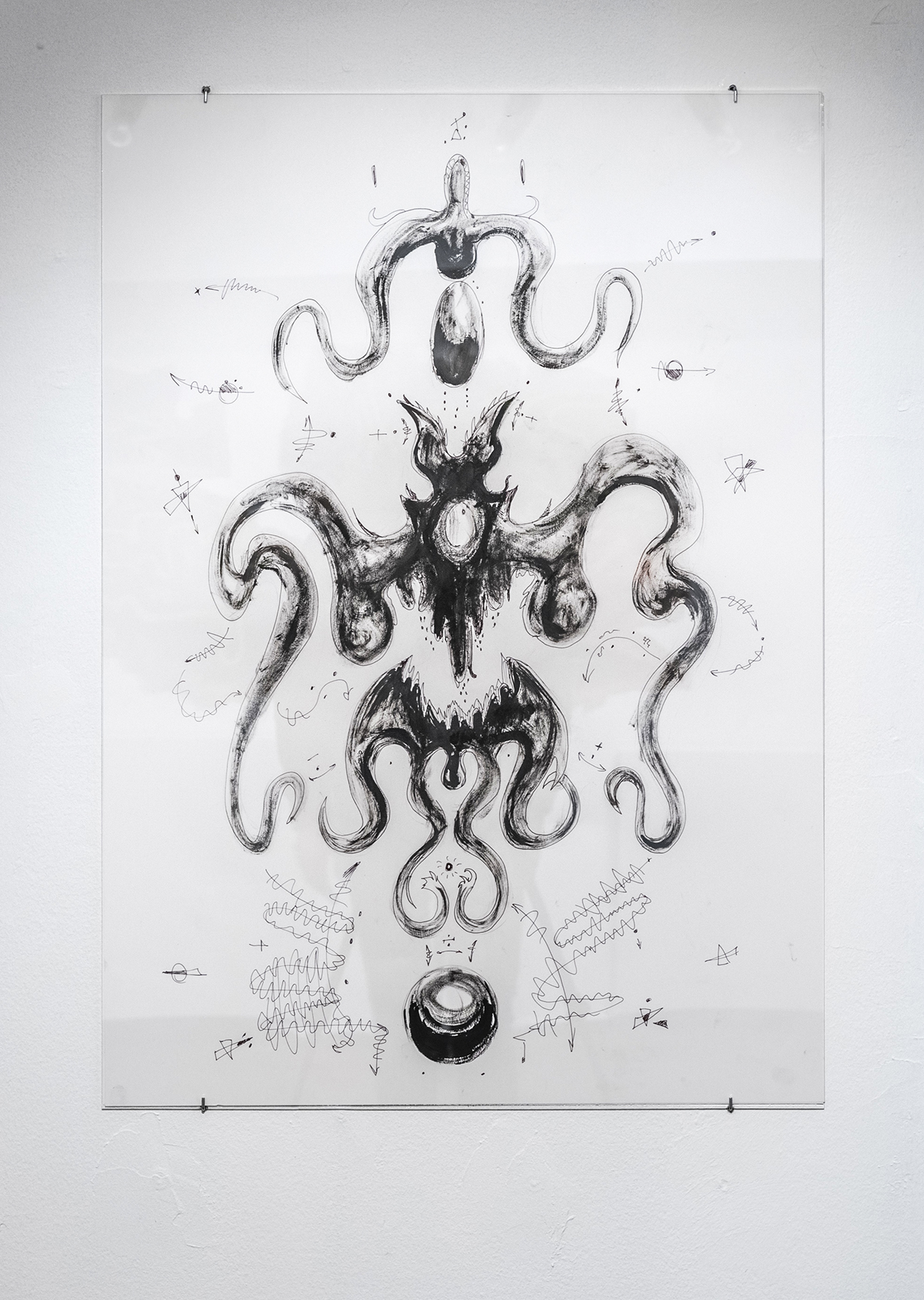
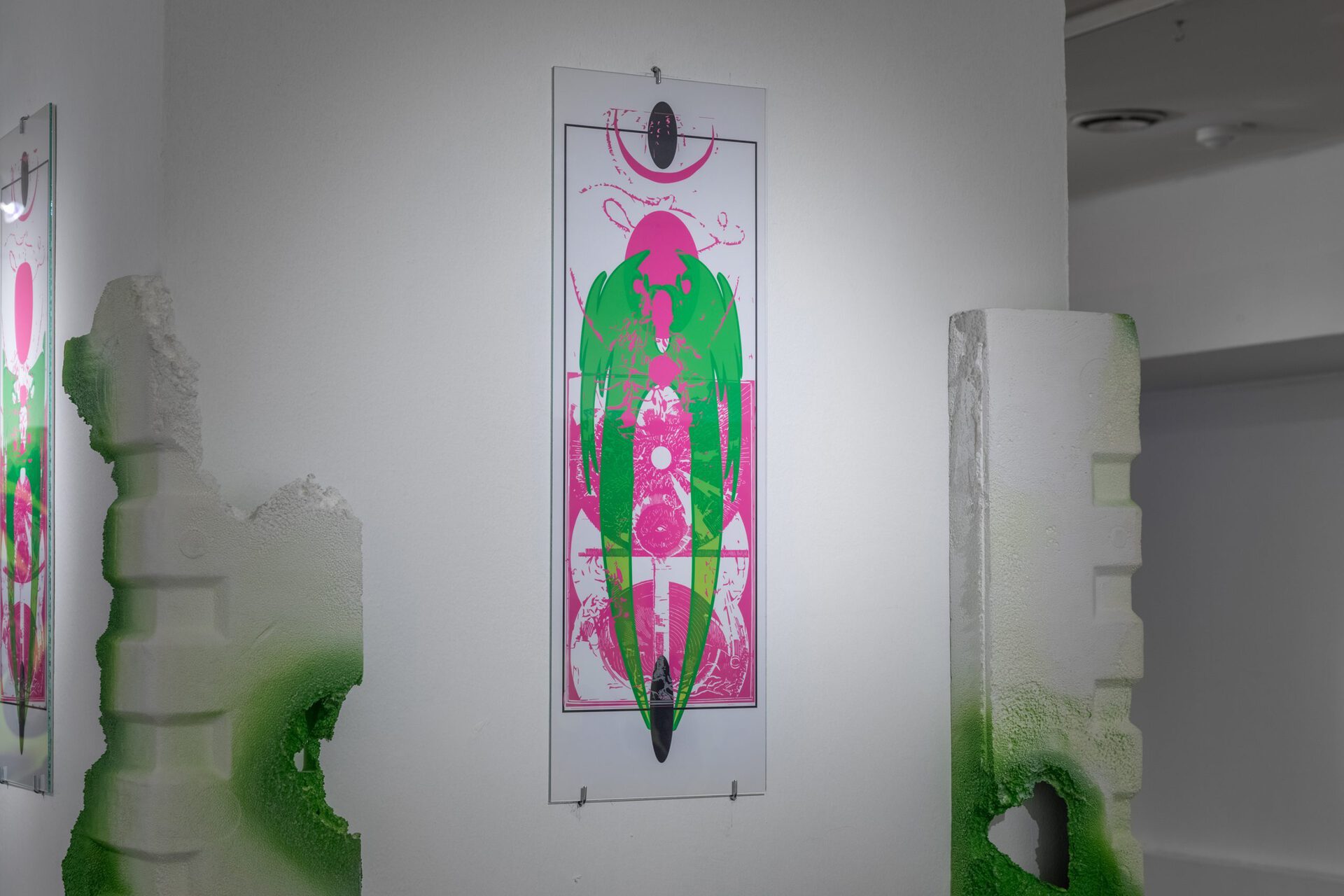
Location
Moscow Museum of Modern ArtDate
19.10 –04.12.2021Curator
Oxana ChvyakinaPhotography
Viktor NikishovSubheadline
The antecedence of matter, the interconnection of animate and inanimate nature, alchemy and the cult phenomenon are the key themes Alexey Zhuravlev brings up in his Sticky Metal Cut project. The artist makes the case that objects of inorganic nature are a fundamental part of the human environment. Since humans tend to be anthropocentric, they deem alive only those natural objects whose essence resembles their own. Thus, the notions of animate and inanimate nature are only too relative. The artist explores both material as such and its decay process. Taking deconstruction as his approach, he seeks to subvert stable and specific interpretations of symbols. Here the author goes on a premise that symbols always allude to other symbols. The exhibition features styrofoam sculptures in mixed media, as well as ceramic and gesso art objects, drawings, paintings on cardboard, and prints on synthetic fabric. Oxana ChvyakinaText
In the 17th century, after a 7-month siege, a Transylvanian fortress near Nagyvarad fell to German troops. A military engineer, bearing witness to the events, tells in his diaries the story of an angel statue found in the fortress. Since the statue was unfinished, it was agreed that it should be melt down. Yet, a strange incident occurred during the procedure: where there was a melted statue, a metal sphere emerged. The engineer chronicling the event states that it was not an encounter with
the divine, but rather something nonhuman, like the very essence of metal.
Now the story may be interpreted as a discovery by the early modern Transylvanians of a refractory metal. Such material could be melted into a cannon ball for military tests and, in the face of its discovery by the enemy forces, hidden in a statue. Still, whatever the truth, the word about the new material got out and as a result emerged some new sects worshipping metal as a living creature, which, in their turn, gradually would give birth to similar lore of this kind. Therefore, similar cults would appear concerning not only metals but other materials as well.
Oxana Chvyakina